Description
Bently Nevada 1900/65-00-01-03-01-01 – General-Purpose Vibration Monitor for Critical and Balance-of-Plant Assets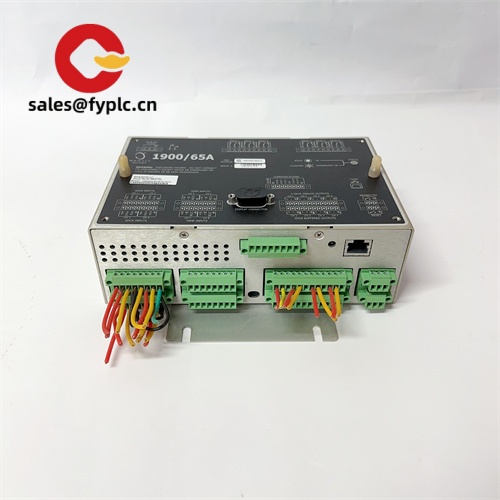
The Bently Nevada 1900/65 series is a practical choice when you need continuous vibration protection and trending without the complexity of a full rack system. This specific configuration, 1900/65-00-01-03-01-01, is typically used on fans, pumps, small compressors, and gearboxes where you want reliable alarms, simple 4–20 mA outputs, and Modbus visibility into the control system. From my experience, it’s the kind of unit maintenance teams install once and then just trust—it quietly watches vibration and trips when things go sideways.
Company’s Order Placement Process and Guarantees
- Warranty: 365 days
- Delivery: 1 week if in stock; no more than one month at the latest
- Payment: 50% advance payment; full payment prior to delivery
- Express options: FedEx, UPS, DHL
Key Features
- Two-channel vibration monitoring – Typically supports proximity probes, velocity sensors, or accelerometers for overall vibration protection and trending.
- Integrated alarms and relays – User-set Alert/Trip thresholds with latched or non-latched logic; ideal for automatic shutdown schemes.
- 4–20 mA outputs – Simple tie-in to DCS/PLC analog inputs for plantwide trending without extra converters.
- RS-485 Modbus RTU – Often used for configuration and data polling from SCADA or PLC; keeps wiring and integration straightforward.
- Buffered sensor outputs – Allows portable data collectors to capture time waveform/FFT when deeper diagnostics are needed.
- Compact, panel-mount design – Fits easily into existing panels; typically a clean option when space is tight.
- Broad transducer ecosystem – Pairs nicely with Bently Nevada 3300 XL proximities, 330500 Velomitor velocity sensors, and IEPE accelerometers, depending on how you spec the inputs.
Technical Specifications
The values below reflect typical parameters for the 1900/65 family and this configuration. Minor option-level differences may apply; we’ll verify against your P&ID and I/O list before shipment.
| Brand / Model | Bently Nevada 1900/65-00-01-03-01-01 |
| HS Code | 9031.80.00 (Measuring/checking instruments – vibration monitoring) |
| Monitor Type & Channels | General-purpose vibration monitor, typically 2 dynamic channels + tach/keyphasor input (option-dependent) |
| Supported Transducers | Eddy-current proximity probes (via Proximitor), velocity sensors (e.g., Velomitor), IEPE accelerometers |
| Measurement Functions | Overall vibration (displacement/velocity/acceleration), alarms, relays, 4–20 mA scaling; buffered dynamic outputs |
| Power Requirements | 85–264 Vac, 47–63 Hz (typical for this option); 24 Vdc variants exist in the series |
| Signal I/O | 2 × dynamic inputs; 2 × 4–20 mA outputs (typ.); 2 × relay contacts (Alert/Trip); buffered BNC or terminal outputs (model dependent) |
| Communication Interfaces | RS-485 Modbus RTU (commonly provided on 1900/65) |
| Installation Method | Panel mount, 1/4-DIN style cutout is typical for the family; rear terminal wiring |
| Operating Temperature | -20 to +60 °C (typical industrial rating for 1900/65 installations) |
| Dimensions & Weight | Approx. 96 × 96 mm front panel; 150–180 mm depth; ~1–1.5 kg (varies slightly by option) |
| Typical Approvals | CE, UL/cUL; RoHS compliant. Hazardous area approvals depend on the exact option string. |
Application Fields
You’ll see the 1900/65 used widely on:
- Pumps, blowers, ID/FD fans — continuous vibration protection with simple alarm relays to the MCC.
- Small compressors and gearboxes — trending via 4–20 mA into PLC/DCS for condition-based routes.
- Motors and generators (balance-of-plant) — when full API 670 racks are overkill, but downtime is costly.
- Cooling towers and conveyors — where Modbus polling is an easy way to centralize machine health status.
One thing I appreciate is how maintenance can plug into the buffered outputs to capture waveforms for a quick diagnosis. A customer in a cement plant told us they caught a misalignment early on a process fan, purely from a rising 4–20 mA trend, and avoided a weekend teardown. That’s usually the payback story.
Advantages & Value
- Proven reliability – Bently Nevada conditioning is robust; false trips are rare when configured correctly.
- Flexible integration – 4–20 mA and Modbus make it easy to drop into existing PLC/DCS architectures.
- Lower lifecycle cost – Compared with rack systems, you get essential protection at a fraction of the cost and footprint.
- Compatibility – Works with the brand’s established probe and sensor portfolio, which simplifies spares and calibration.
- Support – We can pre-configure settings to your setpoints and sensor types to cut commissioning time.
Installation & Maintenance
- Panel/Cabinet – Install in an IP-rated enclosure; allow ventilation around the unit. Avoid direct heat sources and vibration.
- Wiring – Use shielded twisted pairs for dynamic signals; land shields at a single-point ground to avoid loops. Follow sensor polarity.
- Power – Confirm the ordered power option (AC vs 24 Vdc) before wiring. Add external fusing as per your site standard.
- Relays – Wire Alert/Trip to interlocks with proper fail-safe logic; test trip latching during commissioning.
- Routine care – Check terminal tightness quarterly, clean dust, verify alarm setpoints against process changes, and capture a baseline waveform.
- Calibration – Annual functional checks with a known signal source are usually sufficient. Firmware updates may apply depending on revision.
Quality & Certifications
- CE conformity
- UL/cUL for industrial control equipment (typical)
- RoHS compliance
- Manufactured under ISO 9001 quality systems
- Warranty: 365 days from shipment
Related/Supporting Components (commonly paired)
- Bently Nevada 3300 XL proximity probes and 5 mm/8 mm 3300 Proximitor sensors
- Bently Nevada 330500 Velomitor velocity sensors
- IEPE industrial accelerometers (100 mV/g typical), with appropriate cabling
- Keyphasor/tach pickup for speed/reference, when phase or 1× tracking is required
You might notice that option strings on 1900/65 define power, inputs, outputs, and approvals. This -00-01-03-01-01 variant appears to be a common AC-powered configuration with Modbus and current outputs, but we’ll confirm every detail against your spec sheet before we ship so there are no surprises.

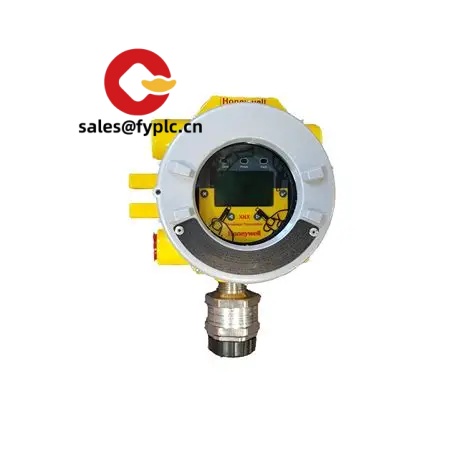
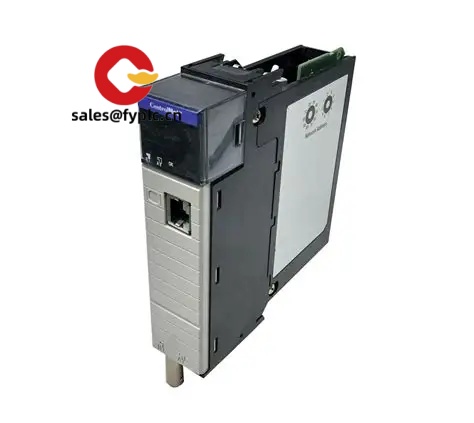

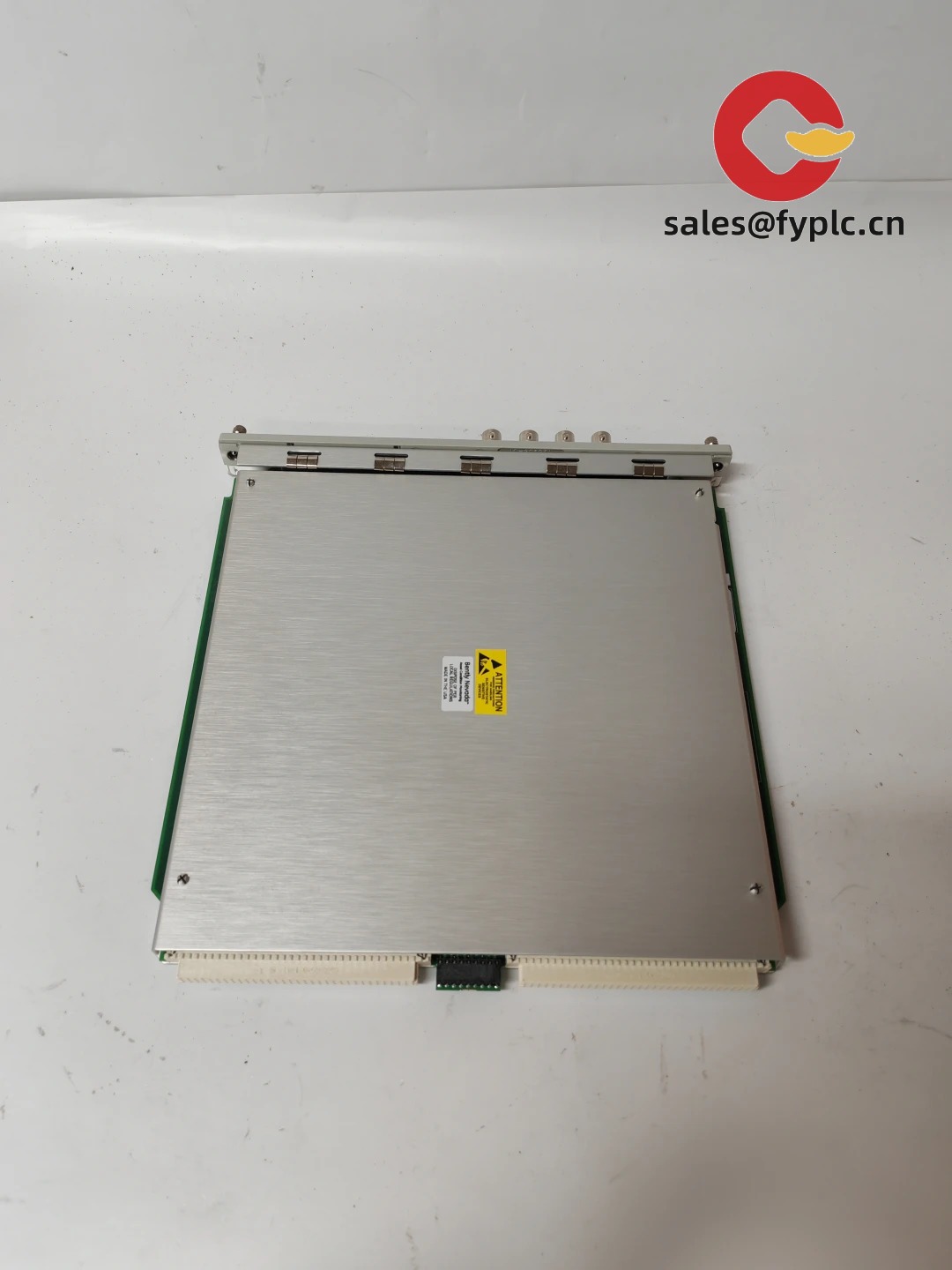
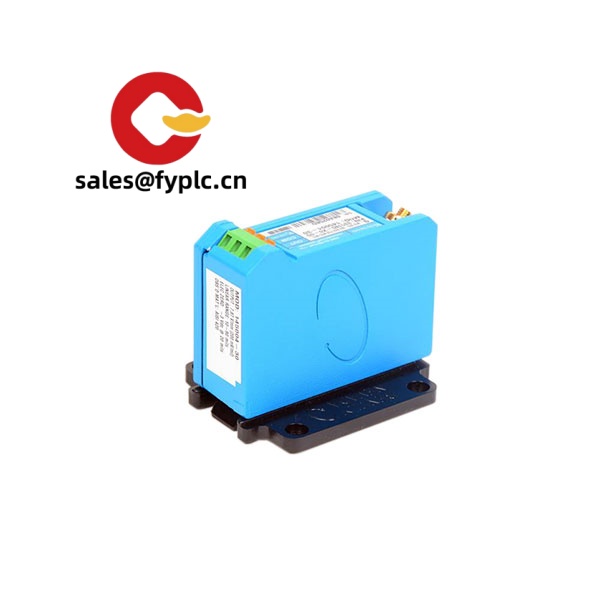


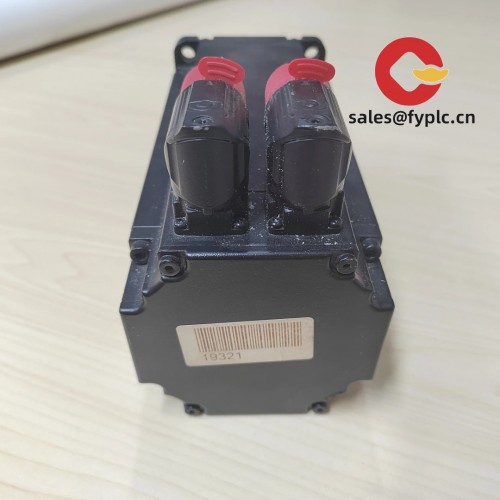
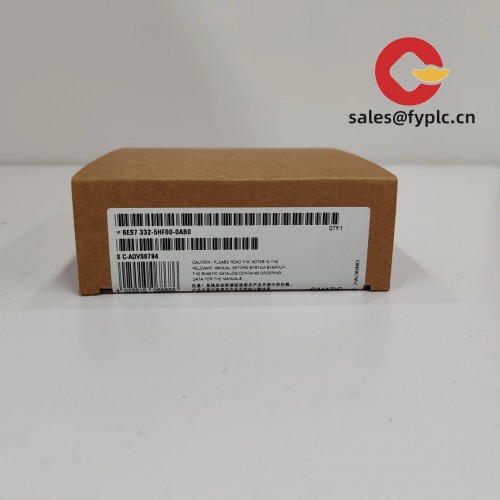
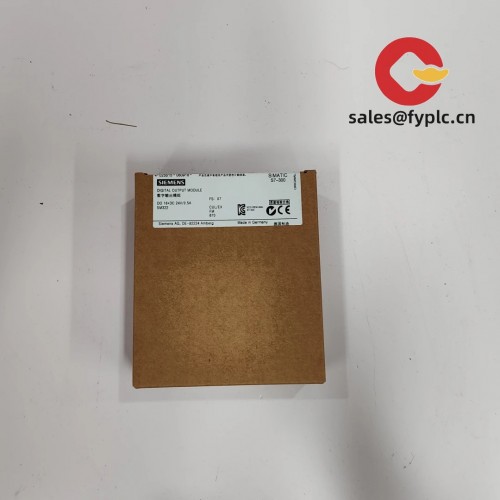
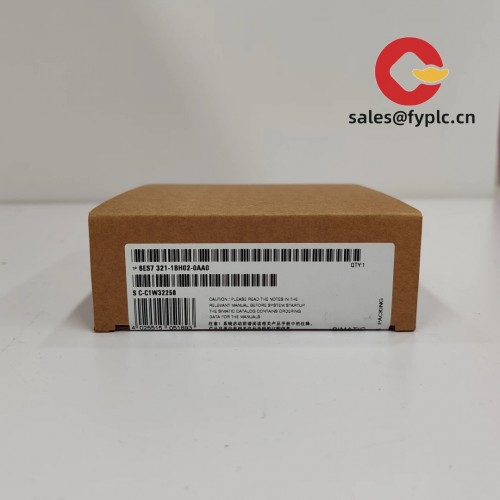


Reviews
There are no reviews yet.